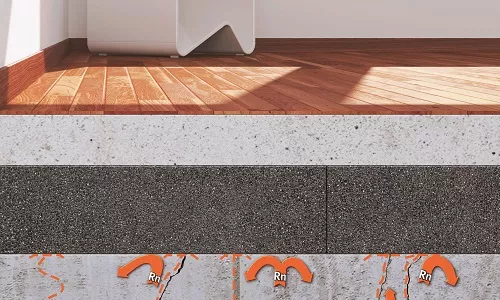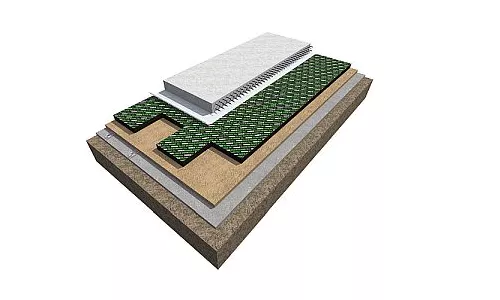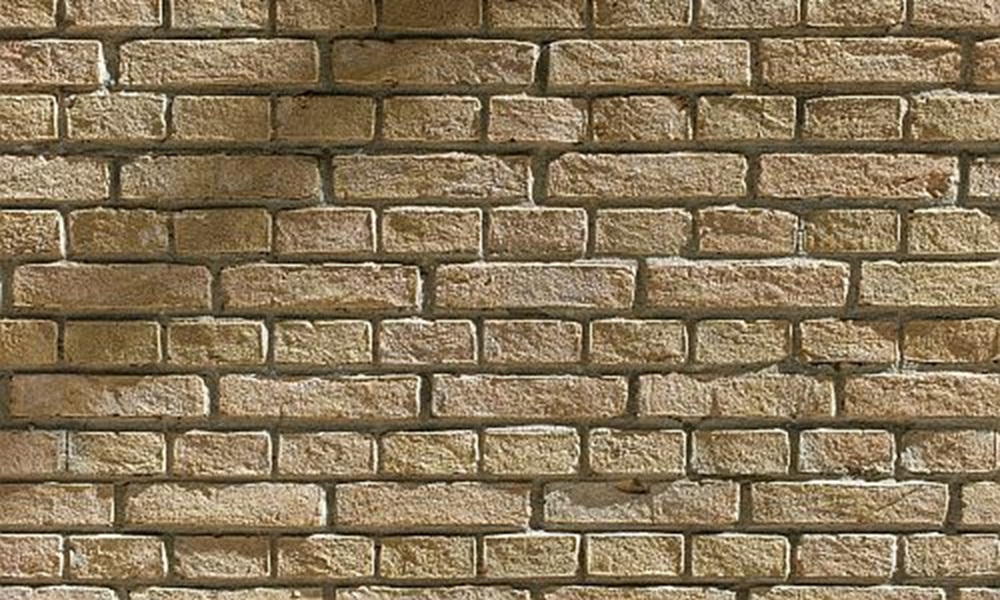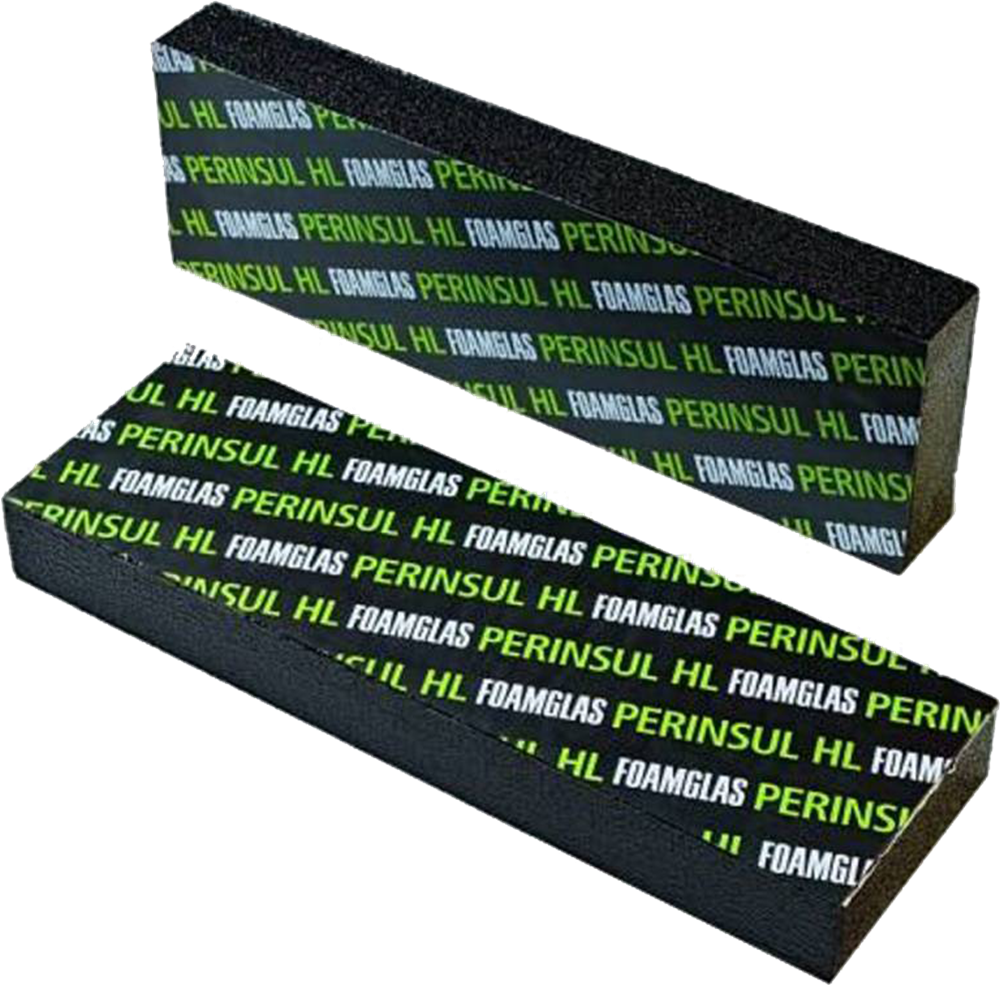Radon, the invisible danger and how to protect yourself
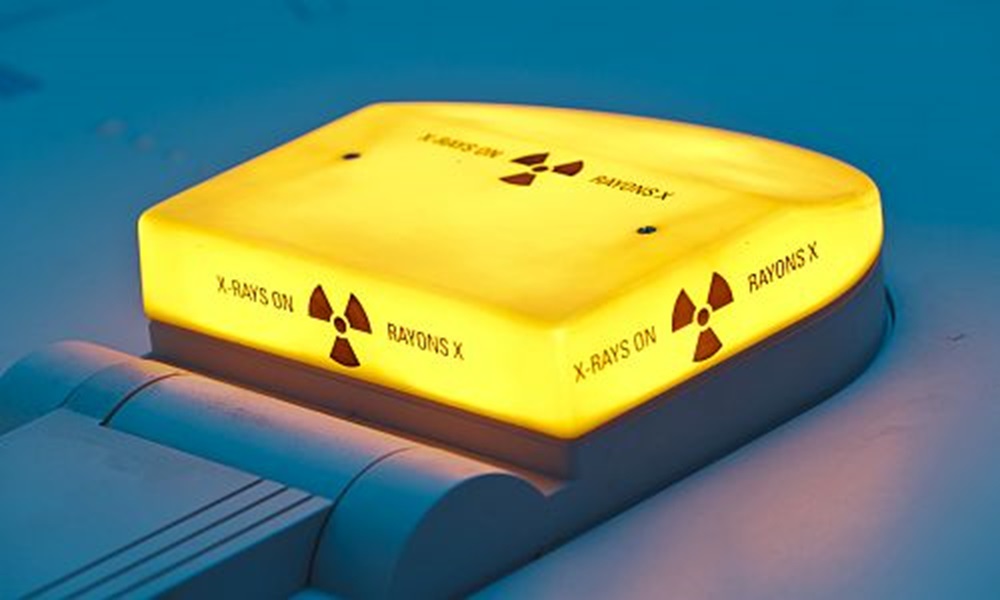
Radon is a natural radioactive noble gas which originates in the soil. It is invisible and odourless. Radon may enter houses from the ground, depending on the permeability of the soil, and thereby possibly leading to indoor air pollution. The penetration depends mainly on how close the building is in contact with the ground. Cracks and joints in walls and floors, but also openings for cables and pipes can cause leaks in the building envelope.
Get informed on
the exposure to radon
Whether a building is affected by an increased exposure can be determined by a measurement on-site. If increased radon values occur, the problem must be eliminated from the ground up. Besides smoking, radon is one of the causes of lung cancer, which is responsible for hundreds of deaths every year.
Awareness of the invisible danger has increased in recent years. In 2014, the Council of the European Union published Directive 2013/59/Euratom laying down basic safety standards. It addresses the reference value of radon exposure in "rooms in which persons regularly spend several hours a day".
The new value of 300 Becquerel (Bq) per cubic metre refers to the radon gas concentration averaged over one year. Radon concentrations in Europe vary greatly from region to region. Mountain regions, however, tend to have higher radon values.
What actions can you take
to protect yourself?
Depending on the level of radon concentration, actions must be taken. Airing is certainly an efficient method of reducing pollution, although it is more suitable for low radon levels. Conventional structural measures, such as sealing infiltration points or underfloor ventilation, only address the problem selectively. In addition, they are cost-intensive and stress the energy budget.
For efficient and effective relief, the connecting paths between the building ground and the indoor air must be sealed off. FOAMGLAS® thermal insulation offers a continuous bonded solution. This can be installed as internal insulation in the floor and wall areas or on the earth-contacting side under the base plate and on the walls.
The cellular glass cells are impermeable and filled with air. The glued FOAMGLAS® applications have been proven to reduce radon exposure.
In addition to its high compressive strength, FOAMGLAS® is resistant to rotting, rodents and insects. Root penetration or mechanical damage can be practically excluded.
Conclusion
Protect yourself and your building in several ways with FOAMGLAS® insulation: On the one hand it is an effective, radon-tight barrier. On the other hand, it is pressure resistant and it protects you against heat loss and moisture. Four benefits, one insulation system.


